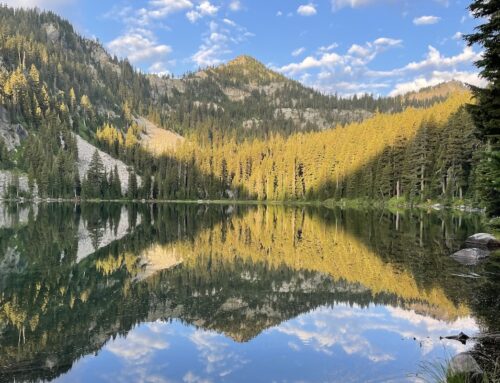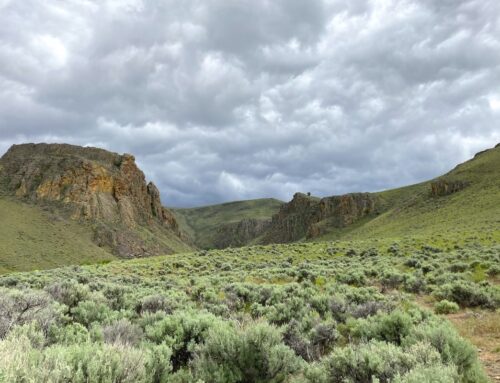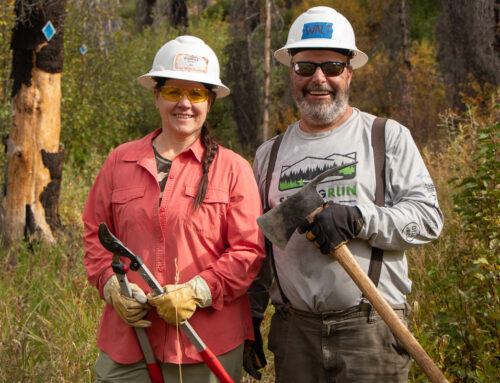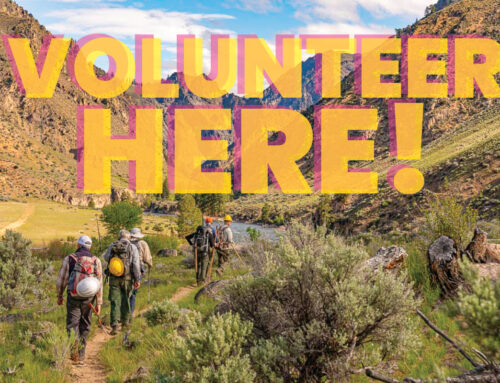
Going hiking or camping soon? Stage 1 fire restrictions are now in effect in most of Idaho. We all can do our part to be sure we and our loved ones enjoy our trails while taking precautions to keep ourselves safe and our forests green!
Stage 1 includes no campfires unless in a designated recreation site (think campground with fees) within a metal fire ring and no smoking, except within an enclosed vehicle, building, or designated recreation site, or while stopped in an area at least three feet in diameter that is barren or cleared of all flammable materials. Learn more at Idaho Department of Lands site here.
Before you go:
1. Check out the website of the National Forest you will be visiting (for example, search for “Payette National Forest” to find their page) and find the specific page for the recreation area, trail, or campground you will be visiting. You can also call the local Forest Service Ranger District for more information. Some Wilderness areas may not go into fire restrictions when the front country does and some Ranger Districts may not go into fire restrictions when other Districts on the same Forest do. Click here to see the full list of fire restrictions.
2. Check to see if there are any wildfires burning close to where you are planning to go; most large fires include fire closure areas, with roads and campgrounds closed in the name of public safety. Don’t recreate or drive anywhere near active fires! Apps such as Watch Duty allow you to see where wildfires are burning.
3. Prepare yourself for hot temperatures even in higher elevations. Check the weather where you will be going and bring more water than you think you’ll need. Don’t forget sunscreen, hats, and clothing that can wick moisture away from your body. Plan your excursions during the morning when temperatures will be cooler and rest in the hottest part of the day.
While you are there:
1. Avoid driving through or parking on any high grass that could be ignited by the underside of your vehicle.
2. If you see an unattended campfire burning or smoldering, douse it with water or bury it with dirt until it is cold to the touch. Consider carrying a shovel, bucket and a fire extinguisher in your vehicle to put out fires if you see them.
3. If you see a new fire burning, call 911 immediately to report it. Leave the area to avoid being caught by a fast-moving fire.
Thank you for doing your part to keep our public lands safe this summer!






Leave A Comment